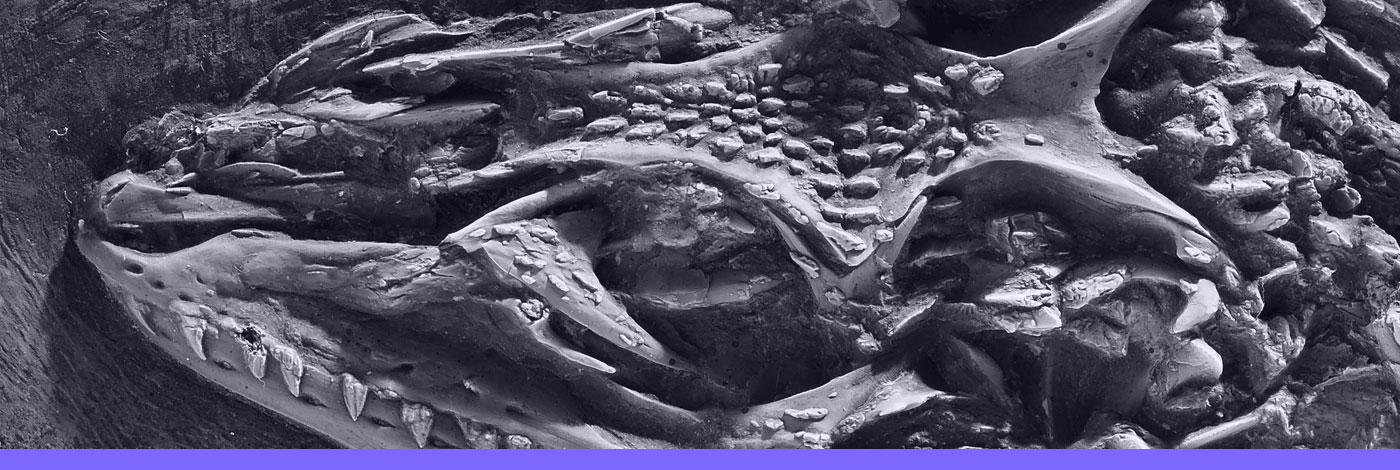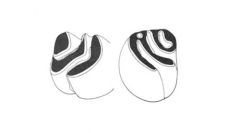

 Comptes Rendus Palevol
2 (6-7) - Pages 455-472
Comptes Rendus Palevol
2 (6-7) - Pages 455-472Since several decades, conflicting interpretations of the fossil record are well known when the latter is used to understand mechanisms and modes of biological evolution. Once recalled peculiarities of the paleontological material and approach, several cases studies conducted by teams of the laboratory of Montpellier are presented. It clearly appears that Theridomyidae, Gliridae and Murinae rodents illustrate gradual evolution at the geological time scale. At the same time scale, these groups do not give obvious examples of stasis. The understanding in terms of mechanisms of morphological evolution illustrated by fossils will remain a long running debate. And this despite consideration of the time scales involved in Earth History on the one hand, and in Biology and Ecology on the other hand, as well as of the gap between morphological change in individuals and genetic change within populations.
Evolution, Gradualism versus punctualism, Rodents, Palaeogene–Neogene, Western Europe